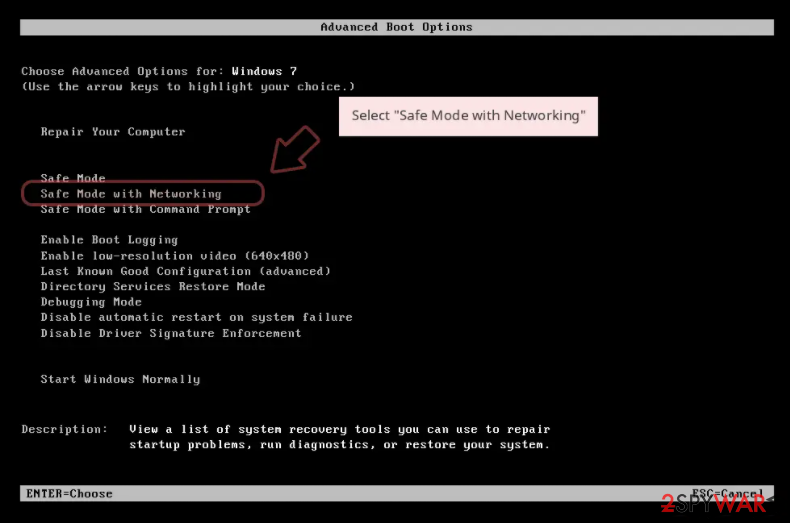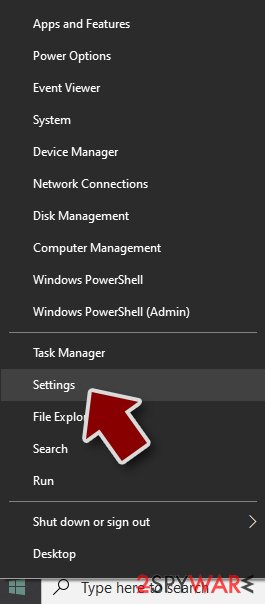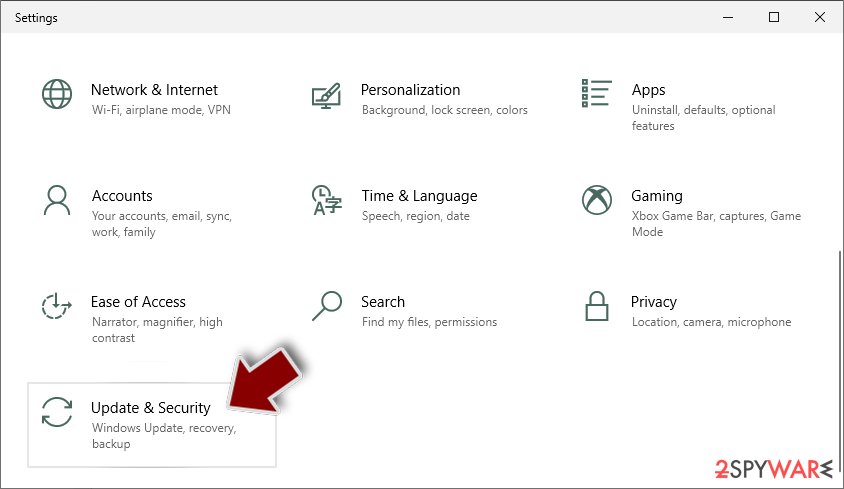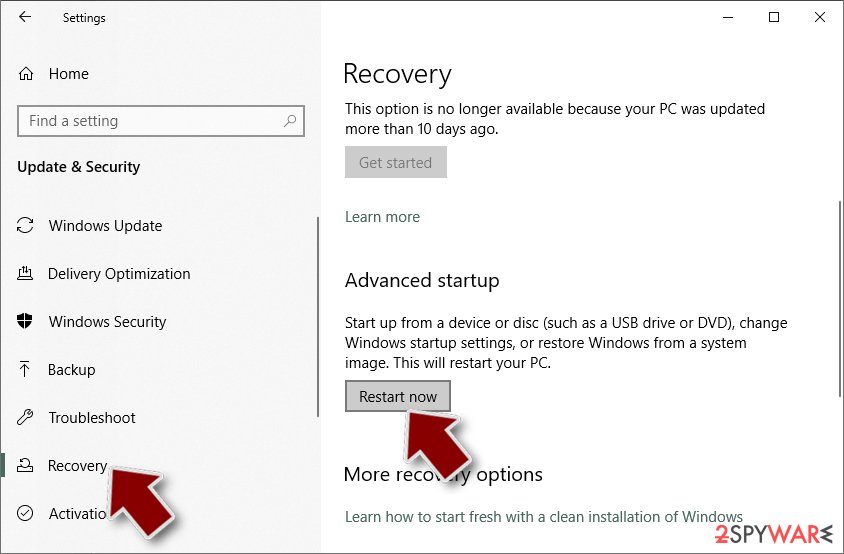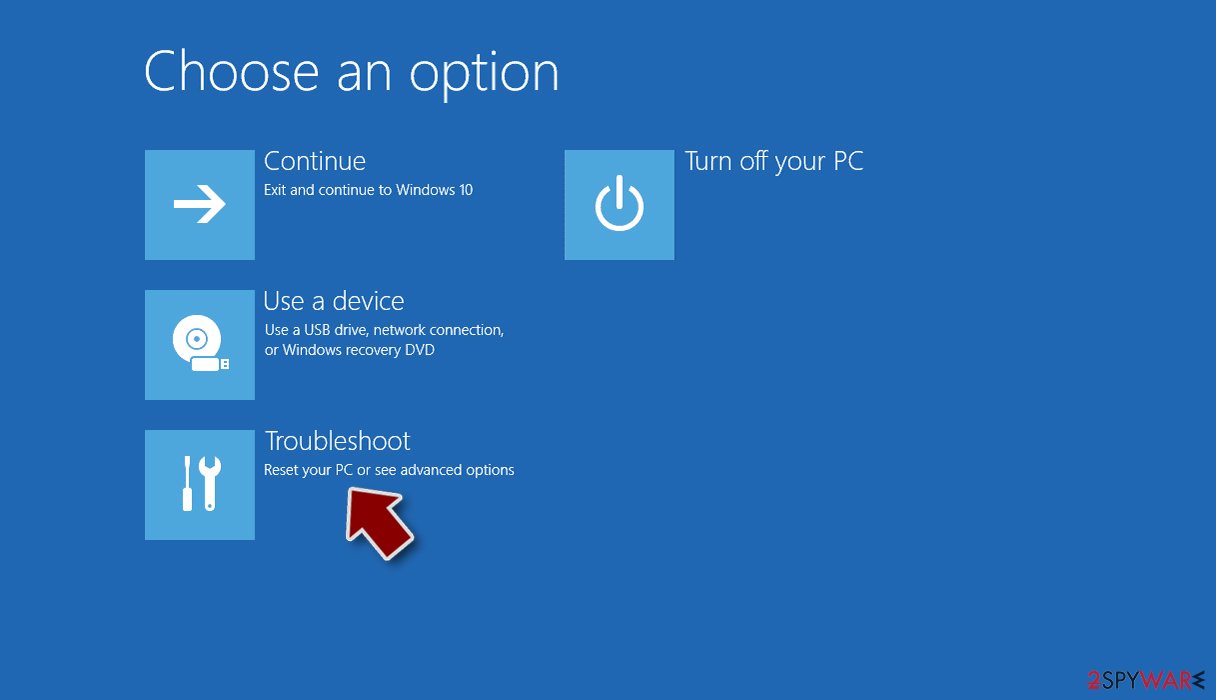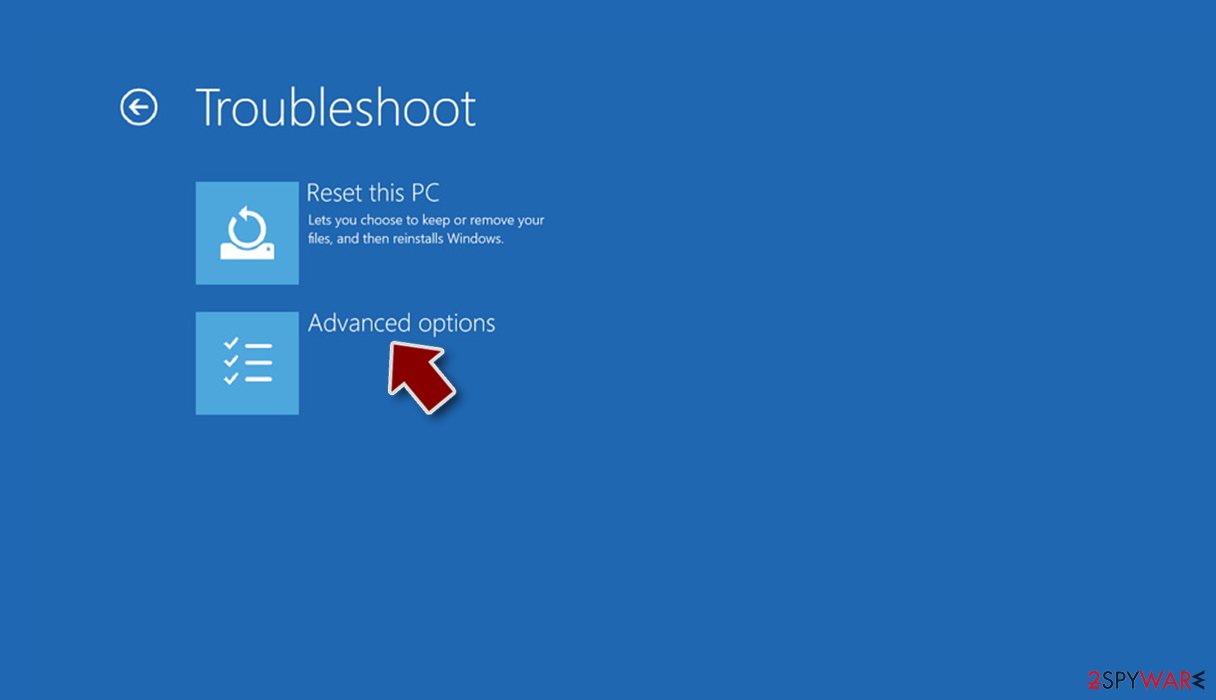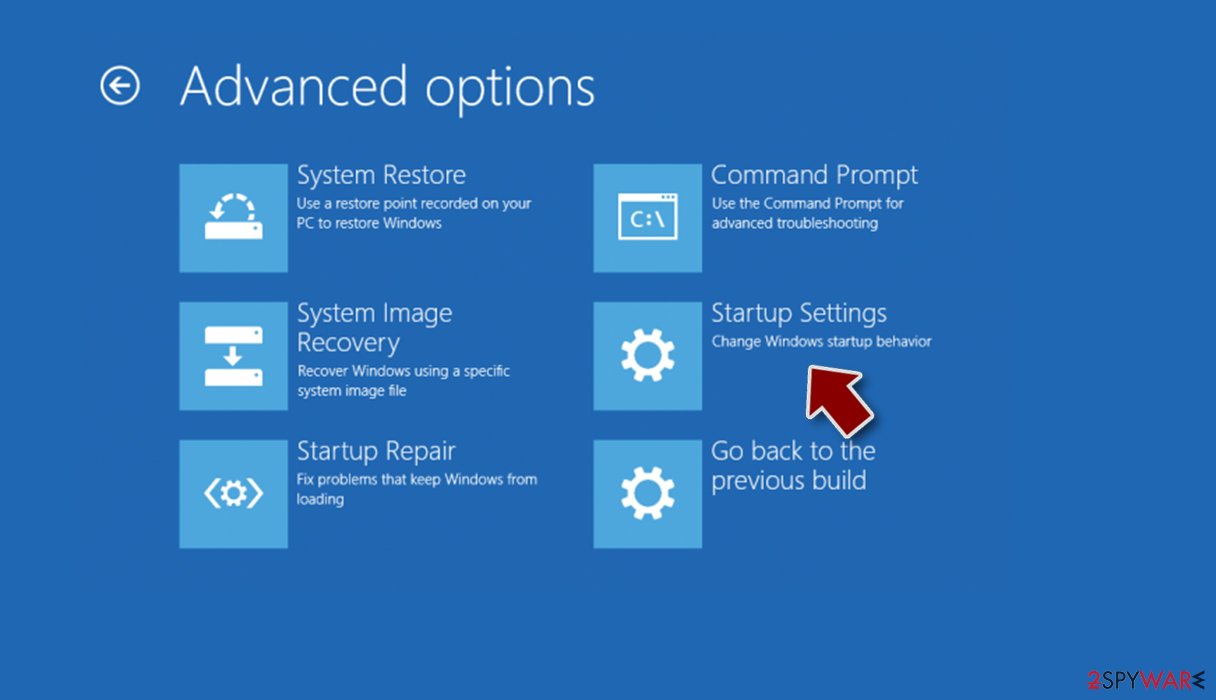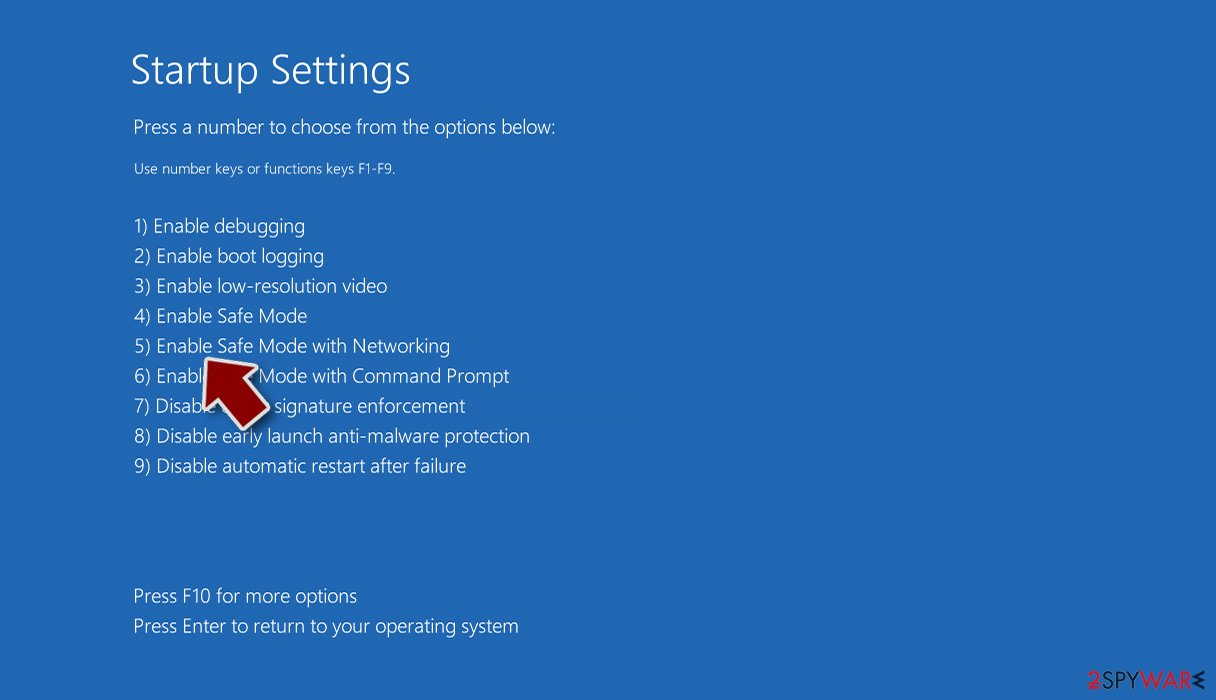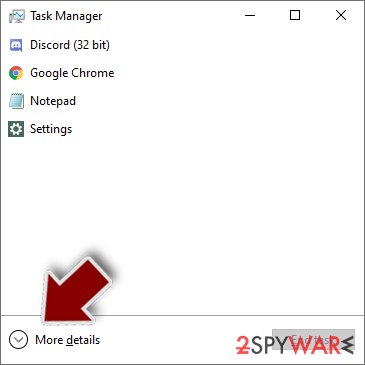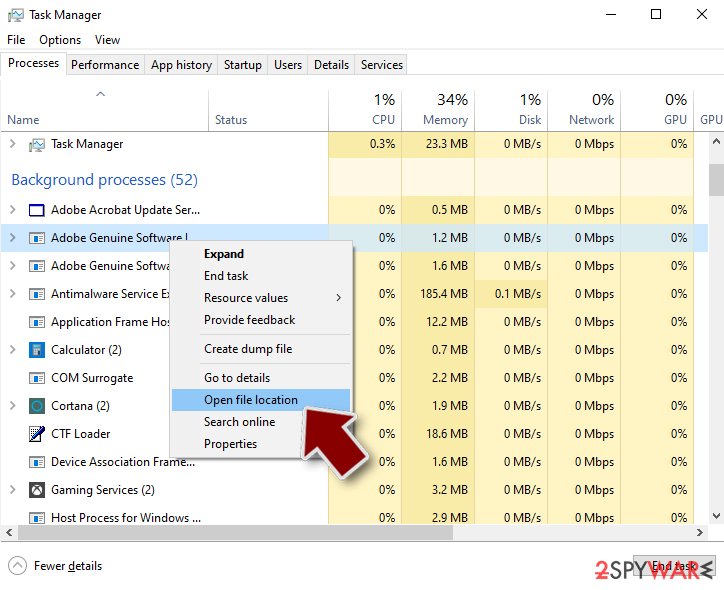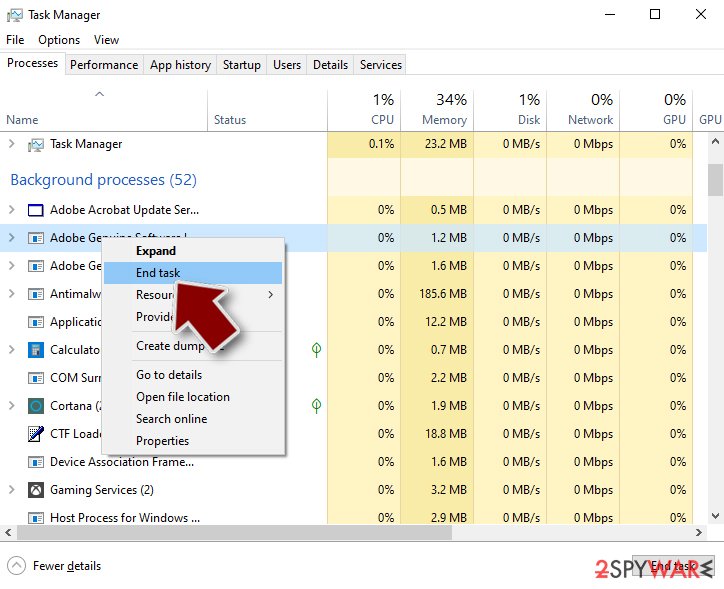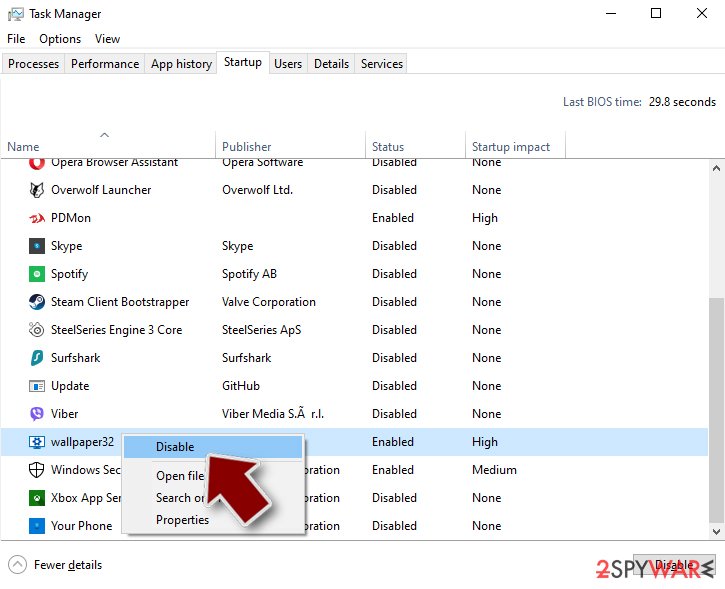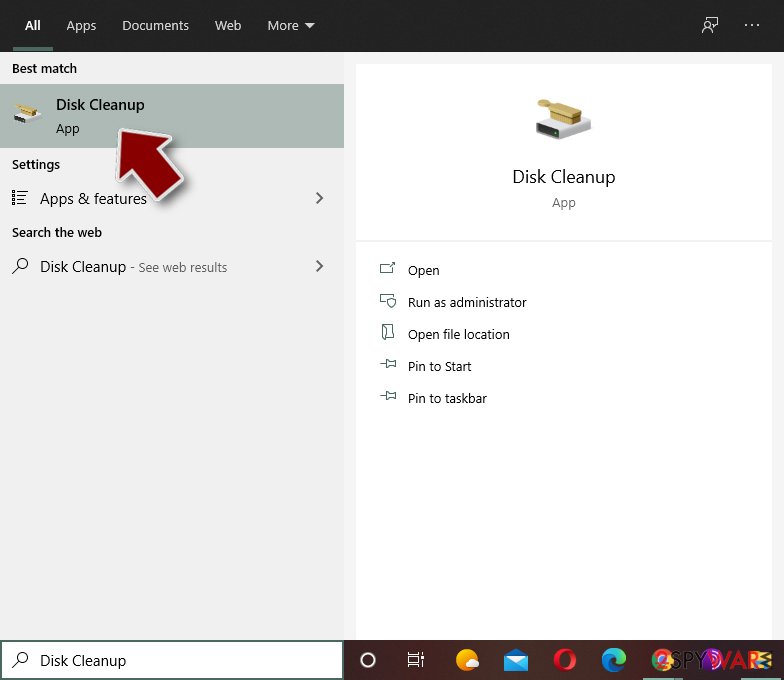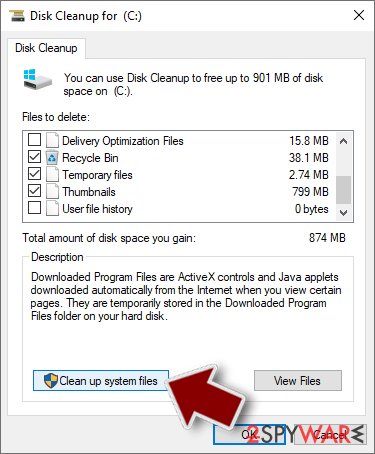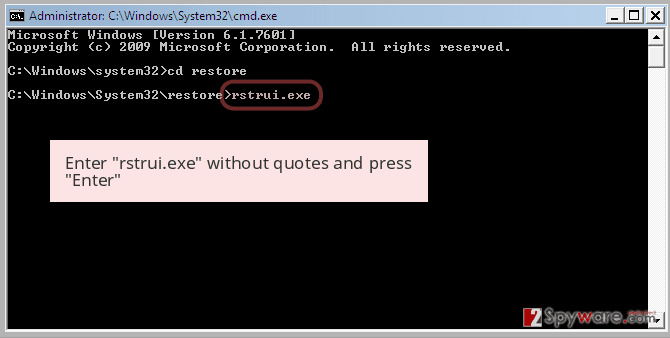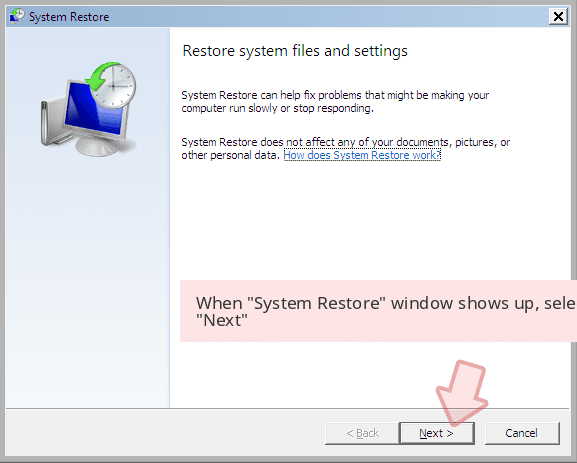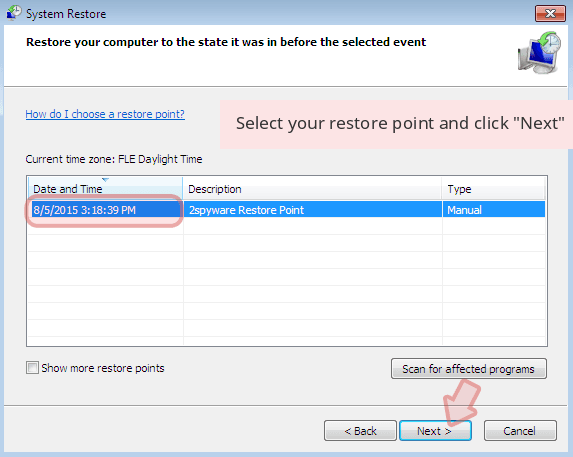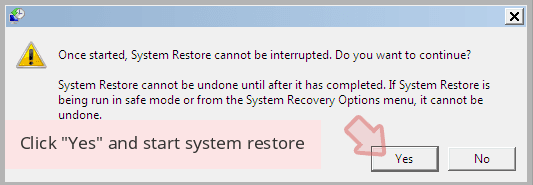Gerber ransomware 1.0 (Virus Removal Guide) - Decryption Steps Included
Gerber virus 1.0 Removal Guide
What is Gerber ransomware 1.0?
Gerber ransomware 1.0 – a new ransomware that uses old tricks
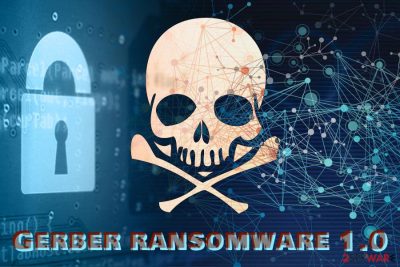
Gerber ransomware 1.0 is a cryptovirus that was newly discovered by an independent security researcher Petrovic.[1] The malware enters computers with the help of various distribution methods, including unprotected RDP,[2] spam emails, exploits, insecure sites, fake updates, and others. Soon after infiltration, it scans the computer for files to encrypt: videos, images, documents, and similar personal data. Once detected, the files get encrypted by a strong encryption algorithm and the .XY6LR extension added. Additionally, users can view a ransom note DECRYPT.txt inside each of the affected folders. Gerber ransomware 1.0 also opens a GRBR Decryptor program window, which contains the instructions on what to do next. Users are urged to email cybercriminals via the sobachka_thaabah@india.com.
| SUMMARY | |
| Name | Gerber ransomware 1.0 |
| Type | Crypto virus |
| File extension | .XY6LR |
| Ransom note | DECRYPT.txt, GRBR Decryptor |
| Decryptable? | No |
| Elimination | It is yet unknown which AVs detect the threat, but we recommend trying FortectIntego or SpyHunter 5Combo Cleaner for the elimination |
It is not much known about Gerber virus yet. However, it is clear that bad actors seek to extort money from innocent victims, similarly to other ransomware authors. Typically, victims are asked to pay as much as a few thousand dollars in Bitcoin or another crypto for file decryption. Experts do not recommend contacting criminals and remove Gerber ransomware 1.0 instead. We suggest using comprehensive anti-malware solutions like FortectIntego or SpyHunter 5Combo Cleaner.
After the Gerber ransomware detects files that it was looking for, it modifies its name the following way: [filename].[extension].XY6LR. Therefore, a picture.jpg is turned into picture.jpg.XY6LR. From that point, users are unable to gain access to any of the encoded files and need to get a decryptor to do so. Unfortunately, at the time of the writing, no decryptor has been created yet, and victims can only rely on backups or third-party software for file recovery.
The ransom note of Gerber ransomware 1.0 states the following:
Gerber Ransomware 1.0
Sorry, your computer was blocked by Gerber Ransomware 1.0.
If you want to restore, follow the steps:
(You can have a mail and file Decrypt.TXT)
- Send to the mail:sobachka_thaabah@india.com file: Decrypt.TXT
- Follow the message-instruction
- Get guarantees
- Decrypt files
Personal id: [redacted]
It is unknown what kind of guarantees crooks are talking about, but, as we already said, do not trust these people. They might simply not send you the key, and keep the money. Alternatively, Gerber ransomware 1.0 authors might send you malware instead, infecting your machine further.
You should perform Gerber ransomware 1.0 removal before trying to recover your data. In case you connect your backup device before the virus is eliminated, all your backup files will be encrypted as well.
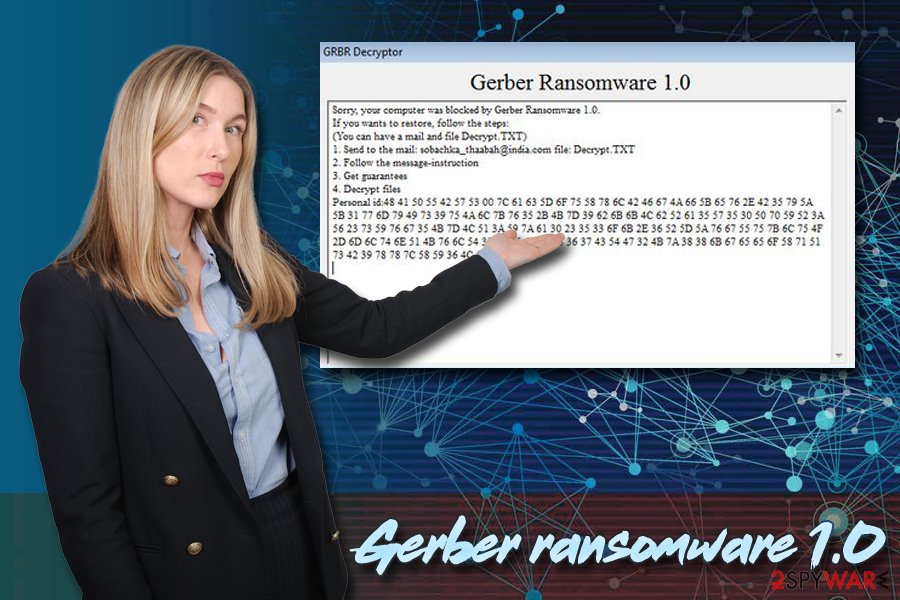
Be aware that unsafe browsing can lead to malware infection
There are various ways how people can infect their computers with malware. However, users need to interact with the malicious payload in one way or another, because viruses don't just appear on the machine one day – they need to follow a specific set of instructions that are set by cybercriminals.
One of the most prominent ransomware distribution methods is spam emails. Bad actors employ bots to send out thousands of emails to unsuspecting users. The message either includes an attachment or a link that would redirect to a malicious site. The author of the email uses social engineering to make users click on the hyperlink or execute the attachment.
Other ransomware transmission methods include:
- Exploit kits;[3]
- Unprotected RDP;
- Torrent files;
- Fake updates;
- Etc.
To make sure you avoid malware, you should install reputable security software, patch your system immediately after updates are out, use strong passwords, and avoid suspicious websites, as well as not click on random pop-ups.
Eliminate Gerber ransomware 1.0 by using anti-malware software
Gerber ransomware 1.0 removal should not be performed manually, as malware is complicated and embeds itself deep within system files. Regular users should rely on reputable security software to get rid of malware. To make sure that the process is smooth, you should enter Safe Mode with Networking as explained below. Additionally, you can try System Restore to stop the virus.
As soon as you remove Gerber virus, you can then proceed with file recovery procedure. You should restore your files from a backup or try alternative methods the instructions for we provide below.
Note: if you failed to recover your data, keep the copies of it. Security experts work on decryptors continually. Therefore, the one for Gerber ransomware 1.0 can be created at any time.
Getting rid of Gerber virus 1.0. Follow these steps
Manual removal using Safe Mode
To remove Gerber ransomware promptly, enter Safe Mode with Networking:
Important! →
Manual removal guide might be too complicated for regular computer users. It requires advanced IT knowledge to be performed correctly (if vital system files are removed or damaged, it might result in full Windows compromise), and it also might take hours to complete. Therefore, we highly advise using the automatic method provided above instead.
Step 1. Access Safe Mode with Networking
Manual malware removal should be best performed in the Safe Mode environment.
Windows 7 / Vista / XP
- Click Start > Shutdown > Restart > OK.
- When your computer becomes active, start pressing F8 button (if that does not work, try F2, F12, Del, etc. – it all depends on your motherboard model) multiple times until you see the Advanced Boot Options window.
- Select Safe Mode with Networking from the list.

Windows 10 / Windows 8
- Right-click on Start button and select Settings.

- Scroll down to pick Update & Security.

- On the left side of the window, pick Recovery.
- Now scroll down to find Advanced Startup section.
- Click Restart now.

- Select Troubleshoot.

- Go to Advanced options.

- Select Startup Settings.

- Press Restart.
- Now press 5 or click 5) Enable Safe Mode with Networking.

Step 2. Shut down suspicious processes
Windows Task Manager is a useful tool that shows all the processes running in the background. If malware is running a process, you need to shut it down:
- Press Ctrl + Shift + Esc on your keyboard to open Windows Task Manager.
- Click on More details.

- Scroll down to Background processes section, and look for anything suspicious.
- Right-click and select Open file location.

- Go back to the process, right-click and pick End Task.

- Delete the contents of the malicious folder.
Step 3. Check program Startup
- Press Ctrl + Shift + Esc on your keyboard to open Windows Task Manager.
- Go to Startup tab.
- Right-click on the suspicious program and pick Disable.

Step 4. Delete virus files
Malware-related files can be found in various places within your computer. Here are instructions that could help you find them:
- Type in Disk Cleanup in Windows search and press Enter.

- Select the drive you want to clean (C: is your main drive by default and is likely to be the one that has malicious files in).
- Scroll through the Files to delete list and select the following:
Temporary Internet Files
Downloads
Recycle Bin
Temporary files - Pick Clean up system files.

- You can also look for other malicious files hidden in the following folders (type these entries in Windows Search and press Enter):
%AppData%
%LocalAppData%
%ProgramData%
%WinDir%
After you are finished, reboot the PC in normal mode.
Remove Gerber virus 1.0 using System Restore
You can also use System Restore to stop the virus activity:
-
Step 1: Reboot your computer to Safe Mode with Command Prompt
Windows 7 / Vista / XP- Click Start → Shutdown → Restart → OK.
- When your computer becomes active, start pressing F8 multiple times until you see the Advanced Boot Options window.
-
Select Command Prompt from the list

Windows 10 / Windows 8- Press the Power button at the Windows login screen. Now press and hold Shift, which is on your keyboard, and click Restart..
- Now select Troubleshoot → Advanced options → Startup Settings and finally press Restart.
-
Once your computer becomes active, select Enable Safe Mode with Command Prompt in Startup Settings window.

-
Step 2: Restore your system files and settings
-
Once the Command Prompt window shows up, enter cd restore and click Enter.

-
Now type rstrui.exe and press Enter again..

-
When a new window shows up, click Next and select your restore point that is prior the infiltration of Gerber virus 1.0. After doing that, click Next.


-
Now click Yes to start system restore.

-
Once the Command Prompt window shows up, enter cd restore and click Enter.
Bonus: Recover your data
Guide which is presented above is supposed to help you remove Gerber virus 1.0 from your computer. To recover your encrypted files, we recommend using a detailed guide prepared by 2-spyware.com security experts.We do not recommend contacting cybercriminals, even if you do not have a backup.
If your files are encrypted by Gerber virus 1.0, you can use several methods to restore them:
You should try Data Recovery Pro to recover your files
Data Recovery Pro is a professional file recovery program that is especially effective recovering accidentally deleted or corrupted files. However, the application can sometimes help users who were infected with a ransomware virus.
- Download Data Recovery Pro;
- Follow the steps of Data Recovery Setup and install the program on your computer;
- Launch it and scan your computer for files encrypted by Gerber virus 1.0 ransomware;
- Restore them.
Windows Previous Versions feature might help you get some files back
This feature can only allow you recover files one-by-one; additionally, for this to work, System Restore should have been set up before the ransomware attack.
- Find an encrypted file you need to restore and right-click on it;
- Select “Properties” and go to “Previous versions” tab;
- Here, check each of available copies of the file in “Folder versions”. You should select the version you want to recover and click “Restore”.
ShadowExplorer might be the answer
ShadowExplorer is effective software that can recover all your data if Shadow Volume Copies fail to be deleted.
- Download Shadow Explorer (http://shadowexplorer.com/);
- Follow a Shadow Explorer Setup Wizard and install this application on your computer;
- Launch the program and go through the drop down menu on the top left corner to select the disk of your encrypted data. Check what folders are there;
- Right-click on the folder you want to restore and select “Export”. You can also select where you want it to be stored.
No decryptor is available yet
Finally, you should always think about the protection of crypto-ransomwares. In order to protect your computer from Gerber virus 1.0 and other ransomwares, use a reputable anti-spyware, such as FortectIntego, SpyHunter 5Combo Cleaner or Malwarebytes
How to prevent from getting ransomware
Stream videos without limitations, no matter where you are
There are multiple parties that could find out almost anything about you by checking your online activity. While this is highly unlikely, advertisers and tech companies are constantly tracking you online. The first step to privacy should be a secure browser that focuses on tracker reduction to a minimum.
Even if you employ a secure browser, you will not be able to access websites that are restricted due to local government laws or other reasons. In other words, you may not be able to stream Disney+ or US-based Netflix in some countries. To bypass these restrictions, you can employ a powerful Private Internet Access VPN, which provides dedicated servers for torrenting and streaming, not slowing you down in the process.
Data backups are important – recover your lost files
Ransomware is one of the biggest threats to personal data. Once it is executed on a machine, it launches a sophisticated encryption algorithm that locks all your files, although it does not destroy them. The most common misconception is that anti-malware software can return files to their previous states. This is not true, however, and data remains locked after the malicious payload is deleted.
While regular data backups are the only secure method to recover your files after a ransomware attack, tools such as Data Recovery Pro can also be effective and restore at least some of your lost data.
- ^ Petrovic. Gerber ransomware 1.0. Twitter. Social network.
- ^ Remote Desktop Protocol (RDP). Technopedia. Site that explains technology.
- ^ Exploit kit. Trend Micro. Cybersecurety blog.
